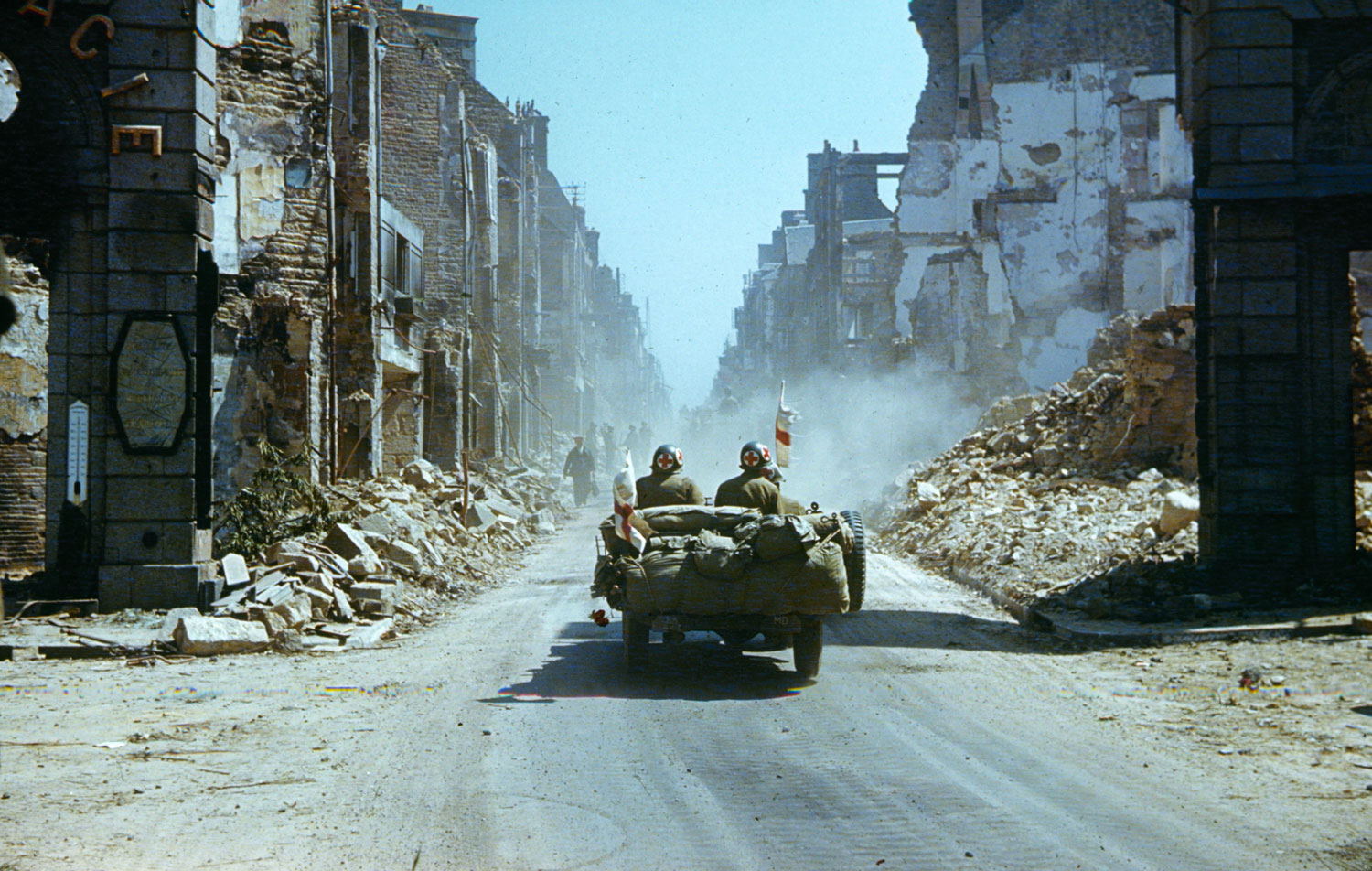
The ruins left behind after warfare speak a language of their own. Even more strikingly, no matter where the conflict has taken place — whether it’s in northern Europe or the South Pacific, the Middle East or Central Africa — the vernacular of destruction is often the same. Buildings reduced to rubble and dust. A scarred, tortured landscape seemingly devoid of life, aside from small human forms trying to piece it back together. Twisted, rusting, abandoned vehicles. And always, above it all, the indifferent sky.
[Buy the book, D-Day: Remembering the Battle that Won the War – 70 Years Later]
Here, LIFE.com presents a series color photos — none of which were published in LIFE magazine — made in northwestern France by LIFE photographer Frank Scherschel and detailing the devastating impact of the invasion and its aftermath. The impulse behind posting the gallery, meanwhile, is really no more complicated than this: to commemorate those Allied troops who fought and died; to honor those who fought and lived; and to mark the occasion by also remembering what happened to countless towns — and townspeople — in France and around the globe when the Second World War unleashed hell in the midst of their lives.
A note on the photographer: Frank Scherschel (1907-1981) was an award-winning staff photographer for LIFE well into the 1950s. His younger brother Joe was a LIFE photographer, as well.
In addition to the Normandy invasion, Frank Scherschel photographed the war in the Pacific, the 1947 wedding of Princess Elizabeth, the 1956 Democratic National Convention, collective farming in Czechoslovakia, Sir Winston Churchill (many times), art collector Peggy Guggenheim, road racing at Le Mans, baseball, football, boxing, a beard-growing contest in Michigan and countless other people and events, both epic and forgotten.
Finally: Information on the specific locations or people who appear in the photographs in this gallery is not always available; Scherschel and his colleagues simply did not have the means to provide that sort of data for every single one of the countless photographs they made throughout the war. When the locale or person depicted in an image in this gallery is known, it is noted in the caption.
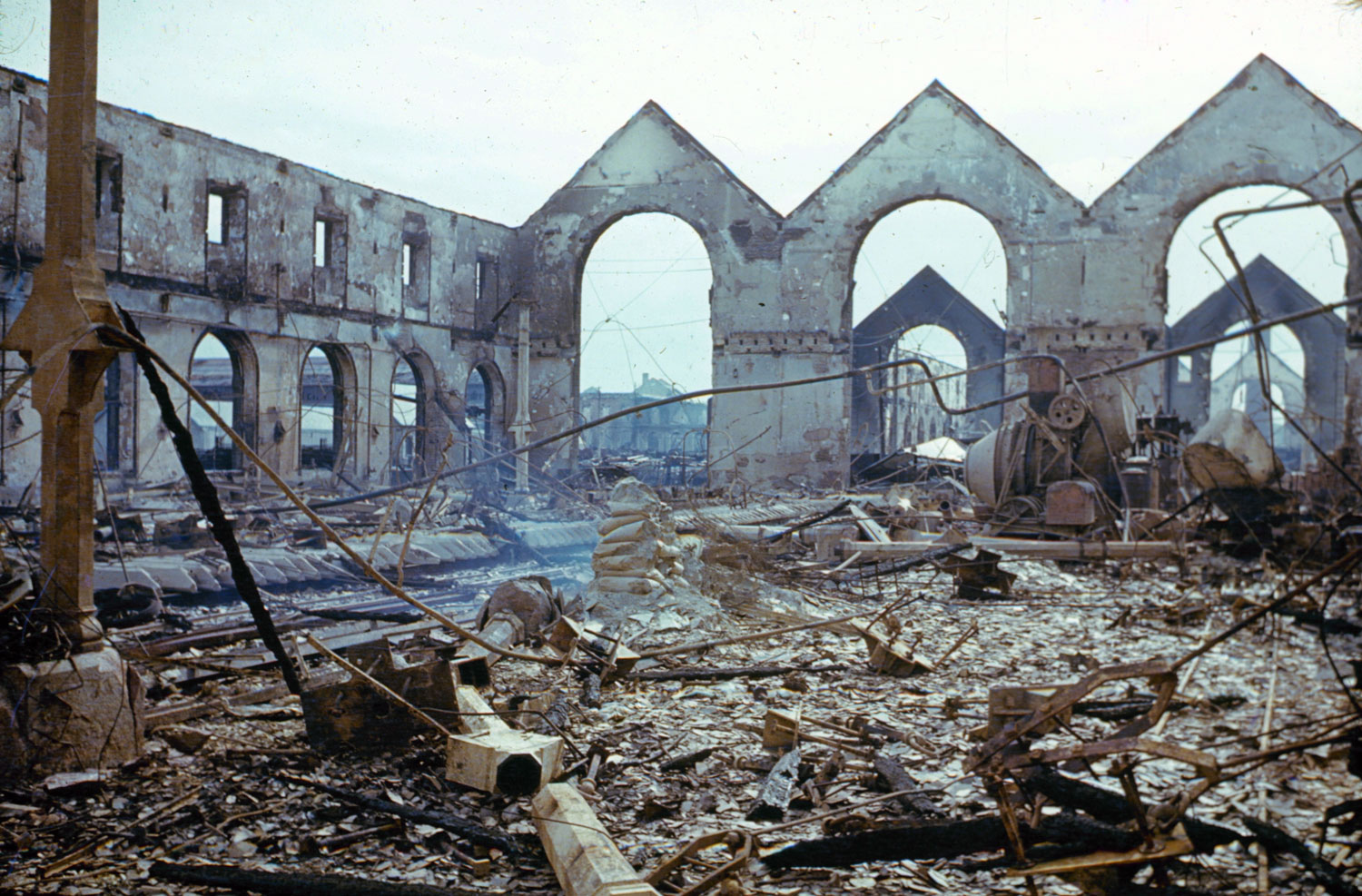
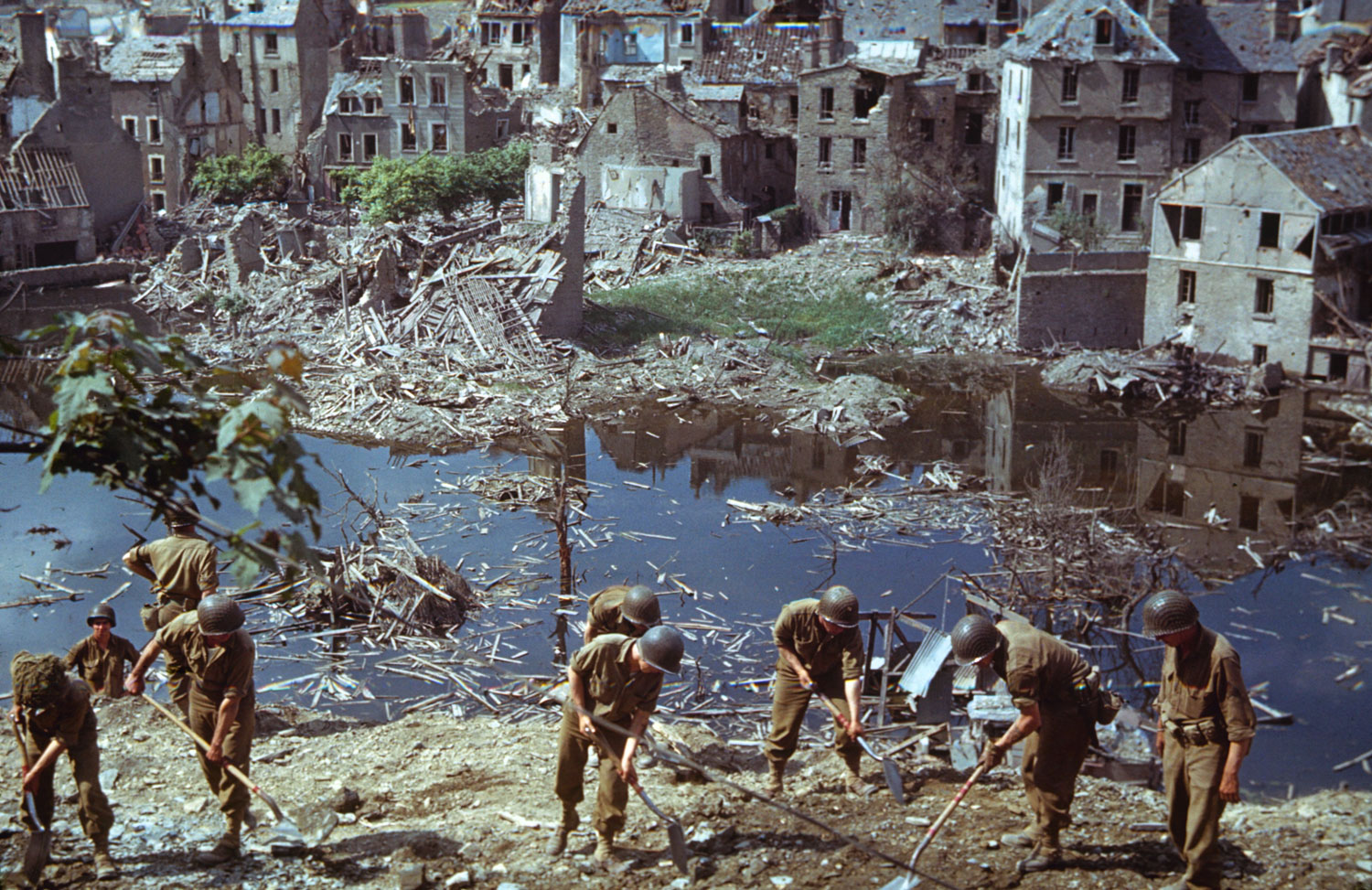
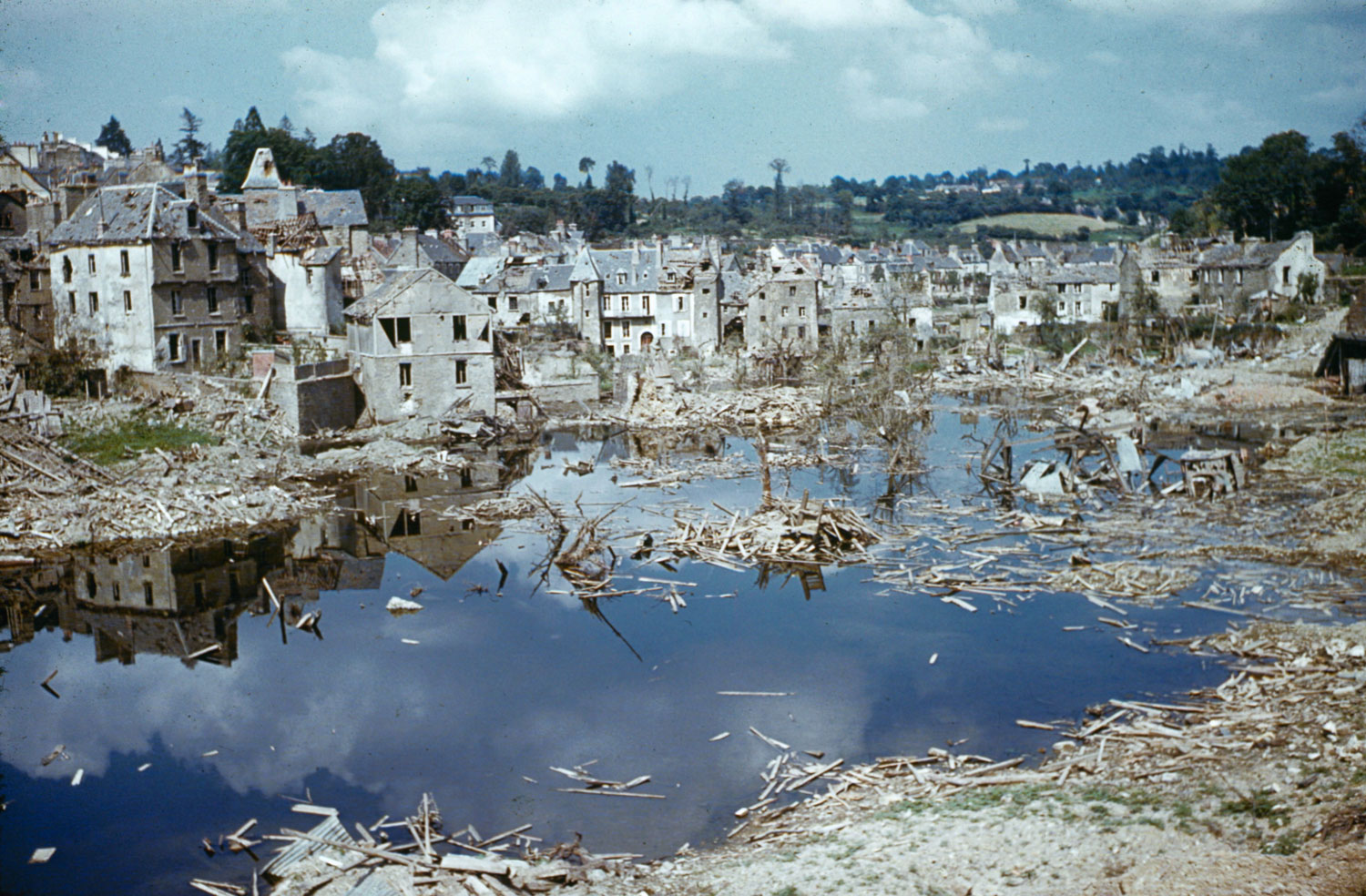
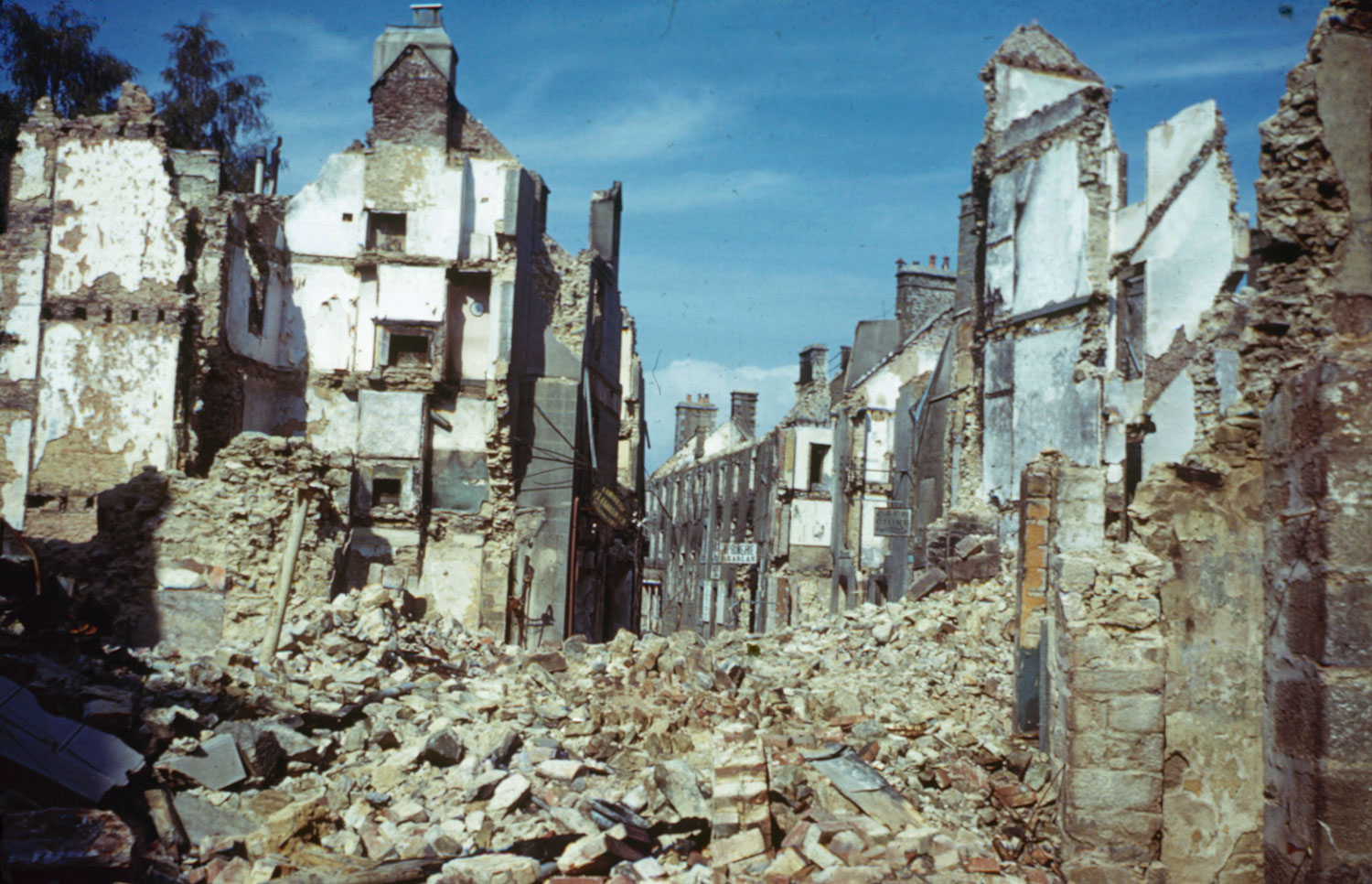
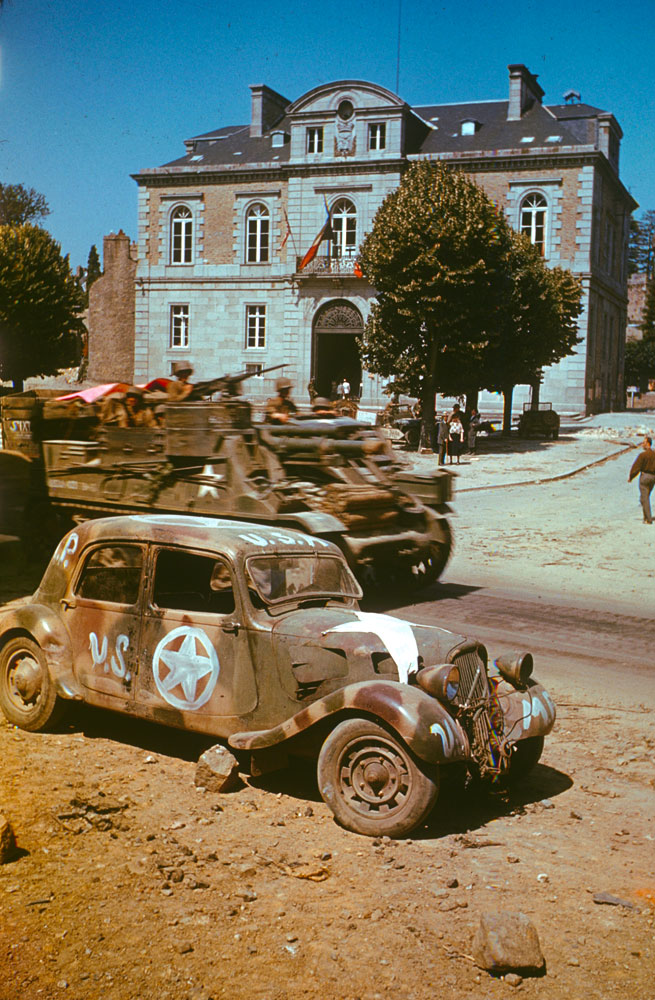
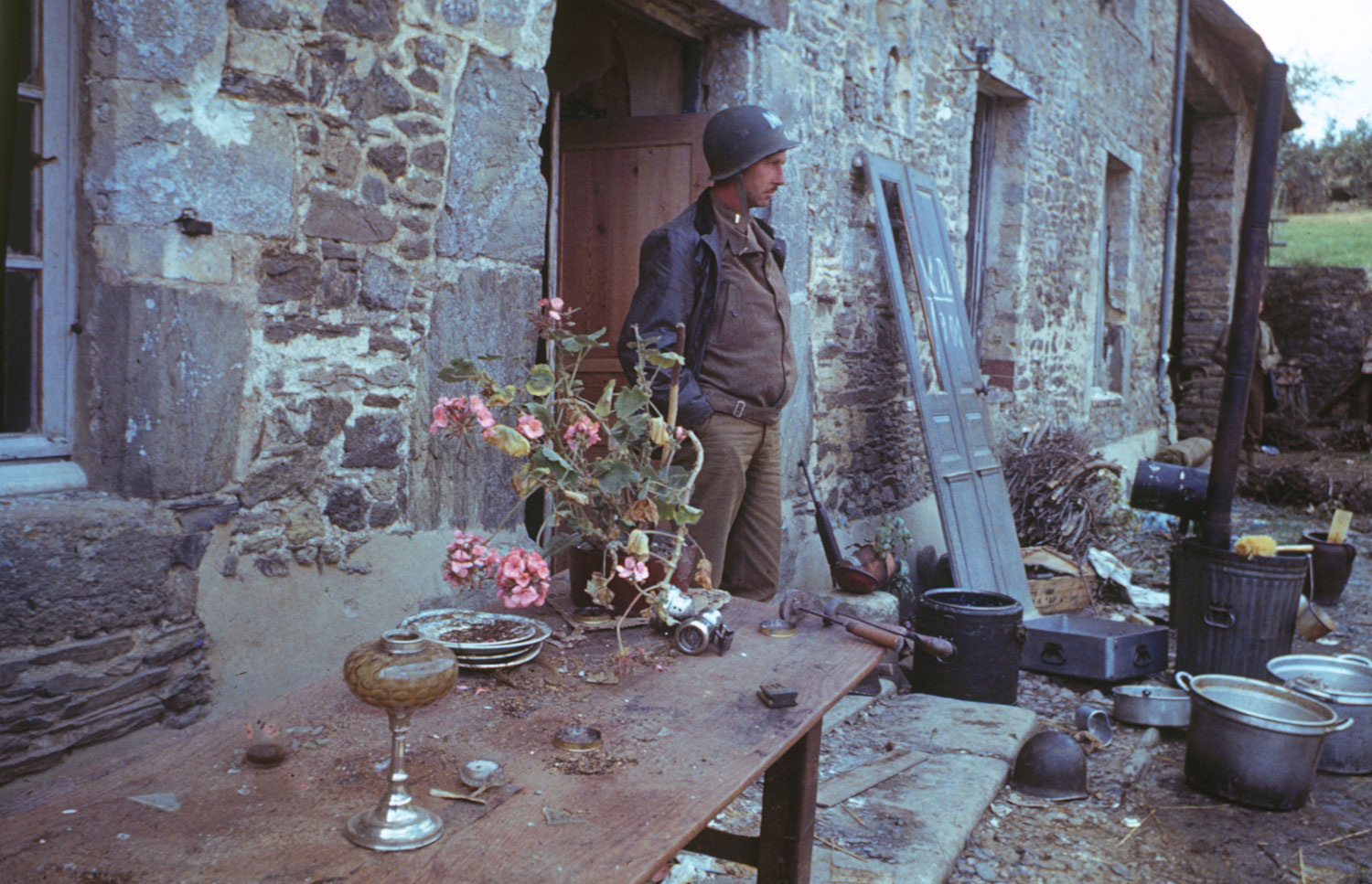
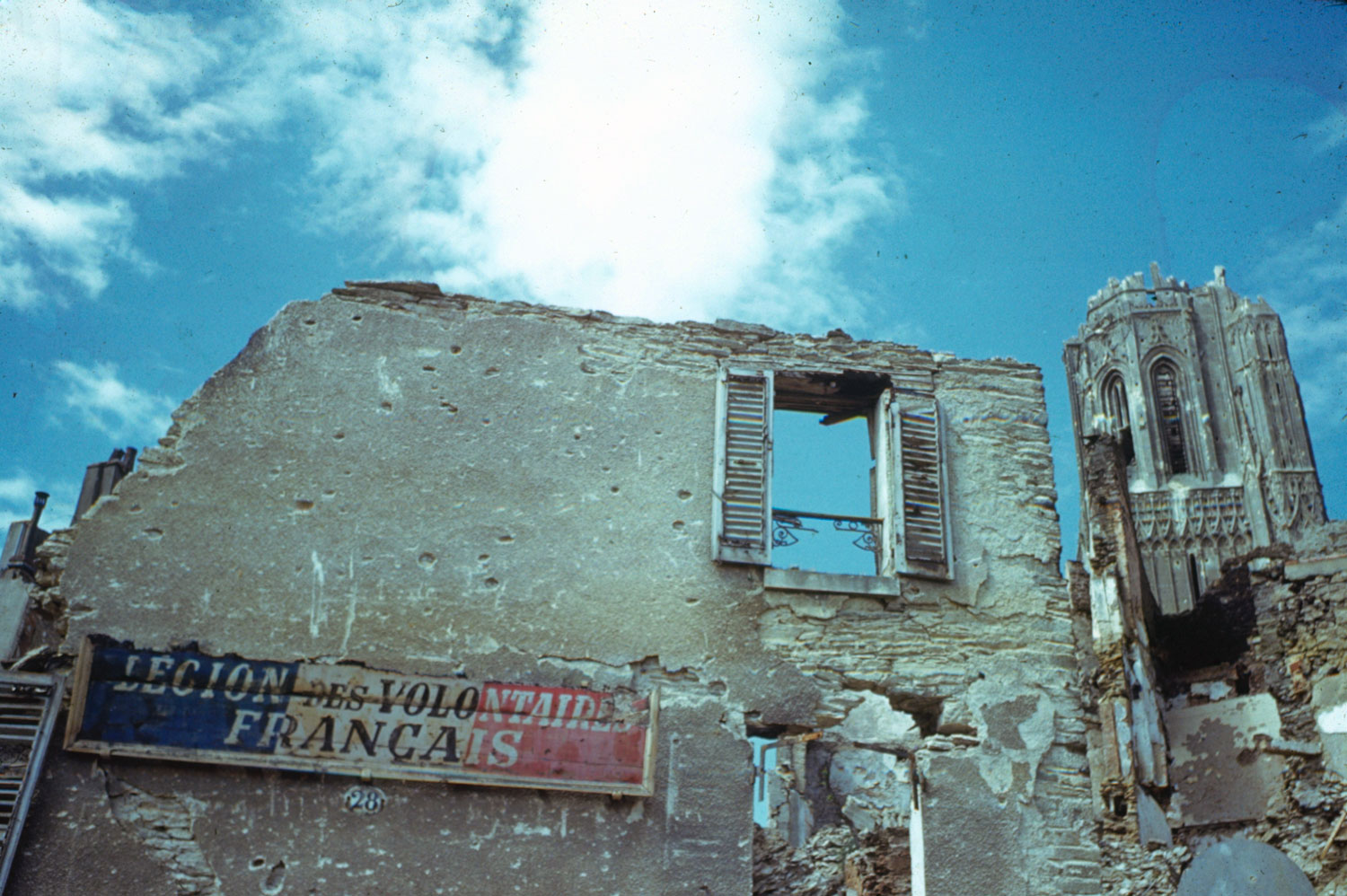

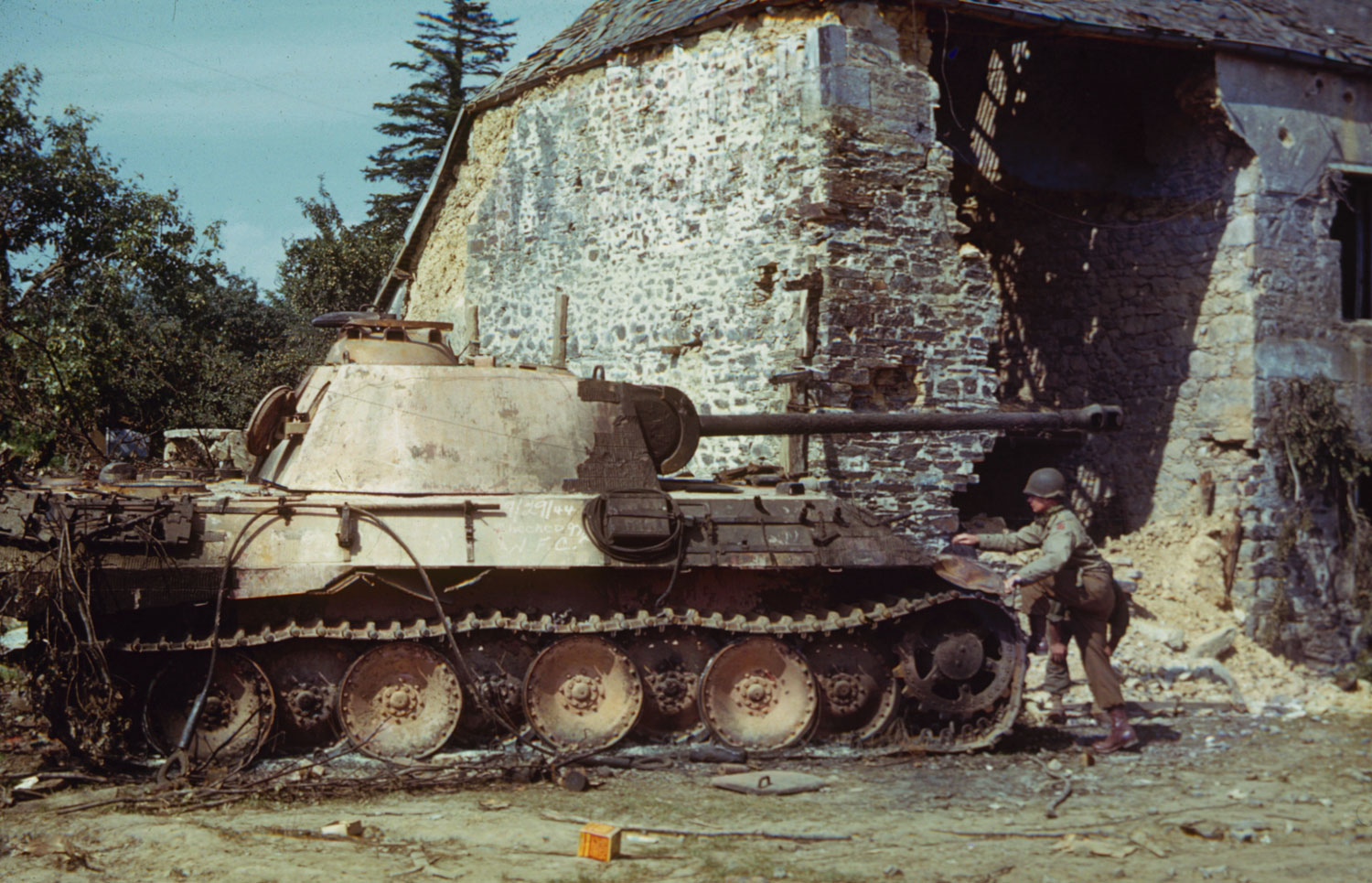
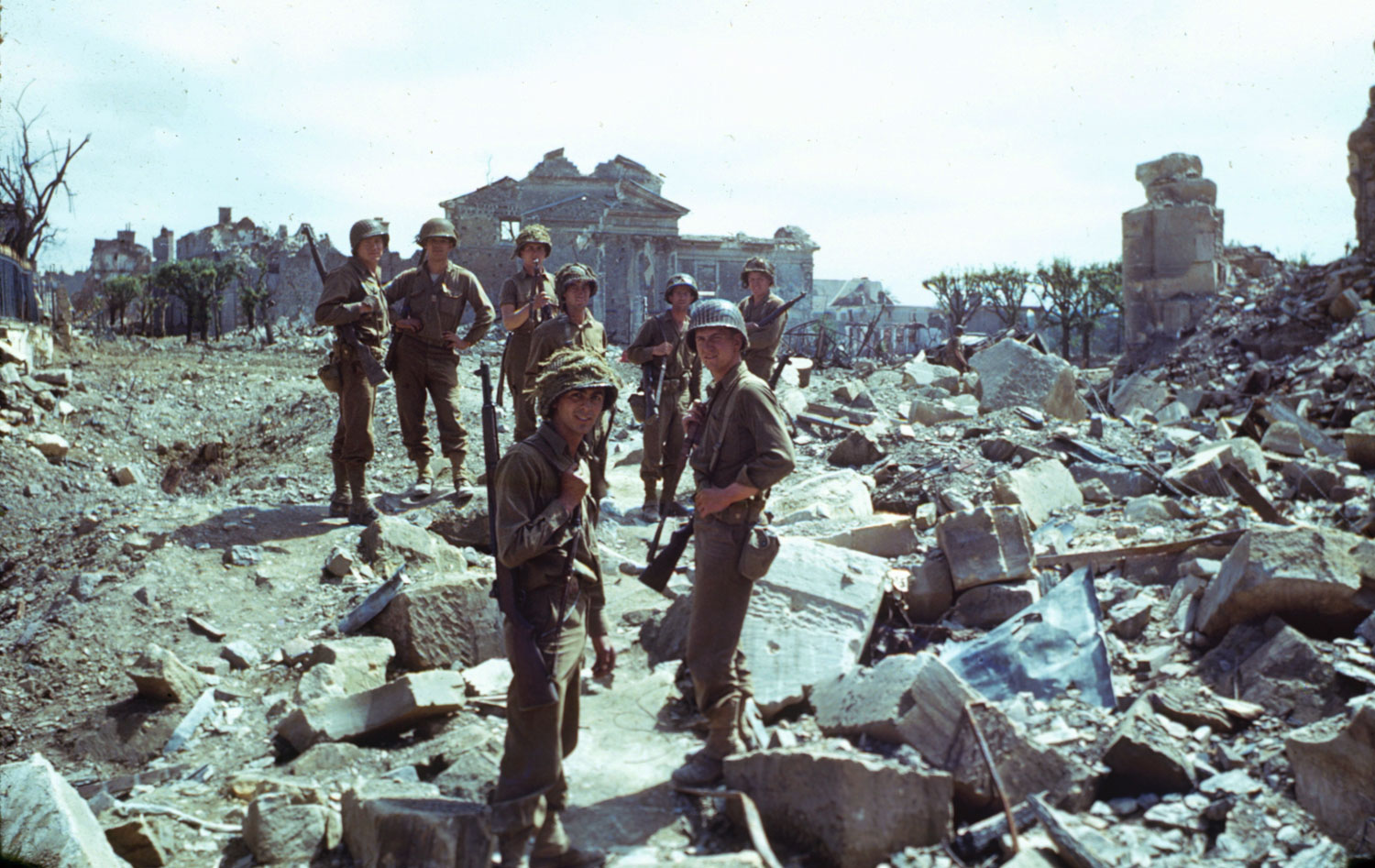
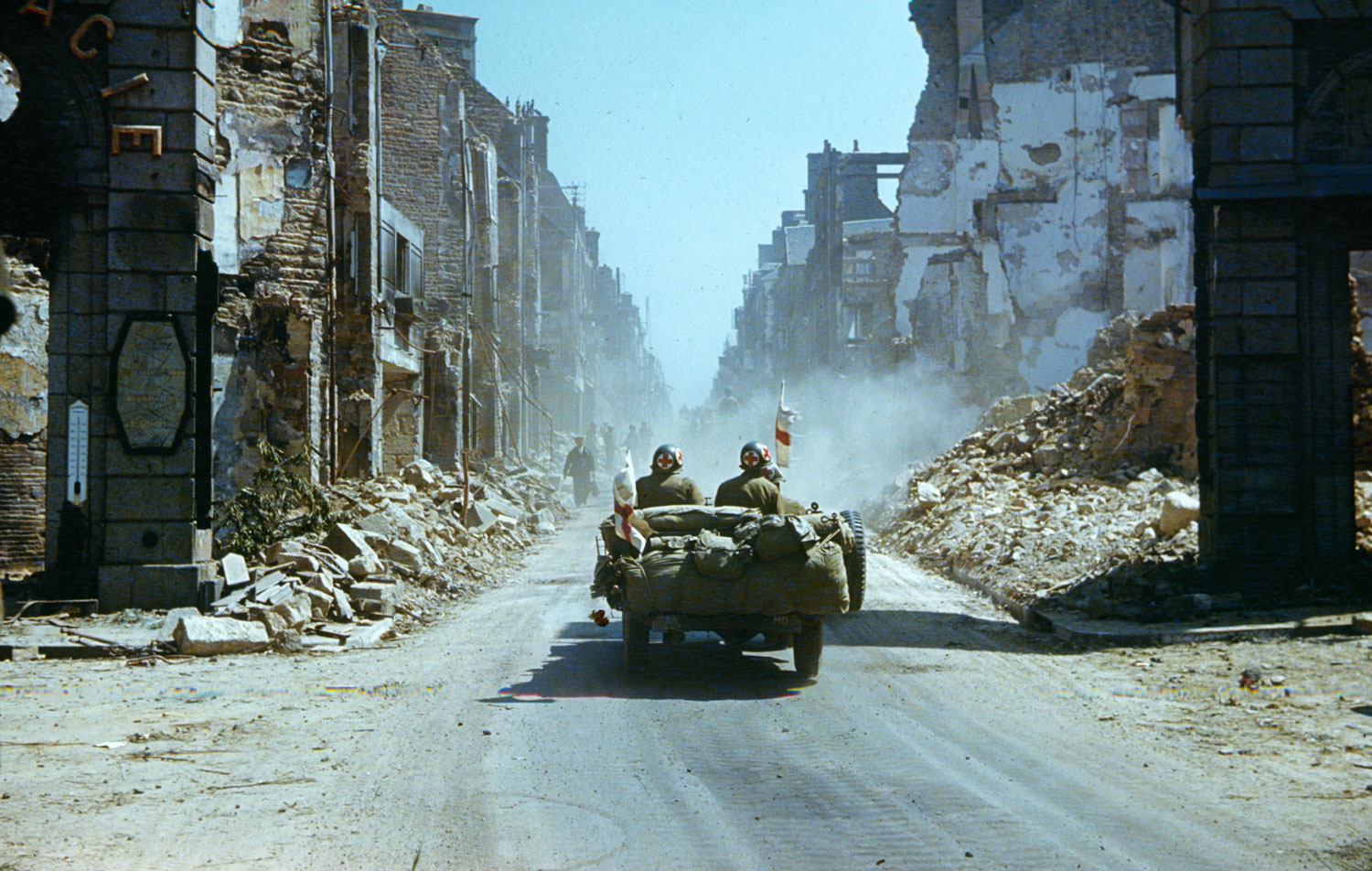
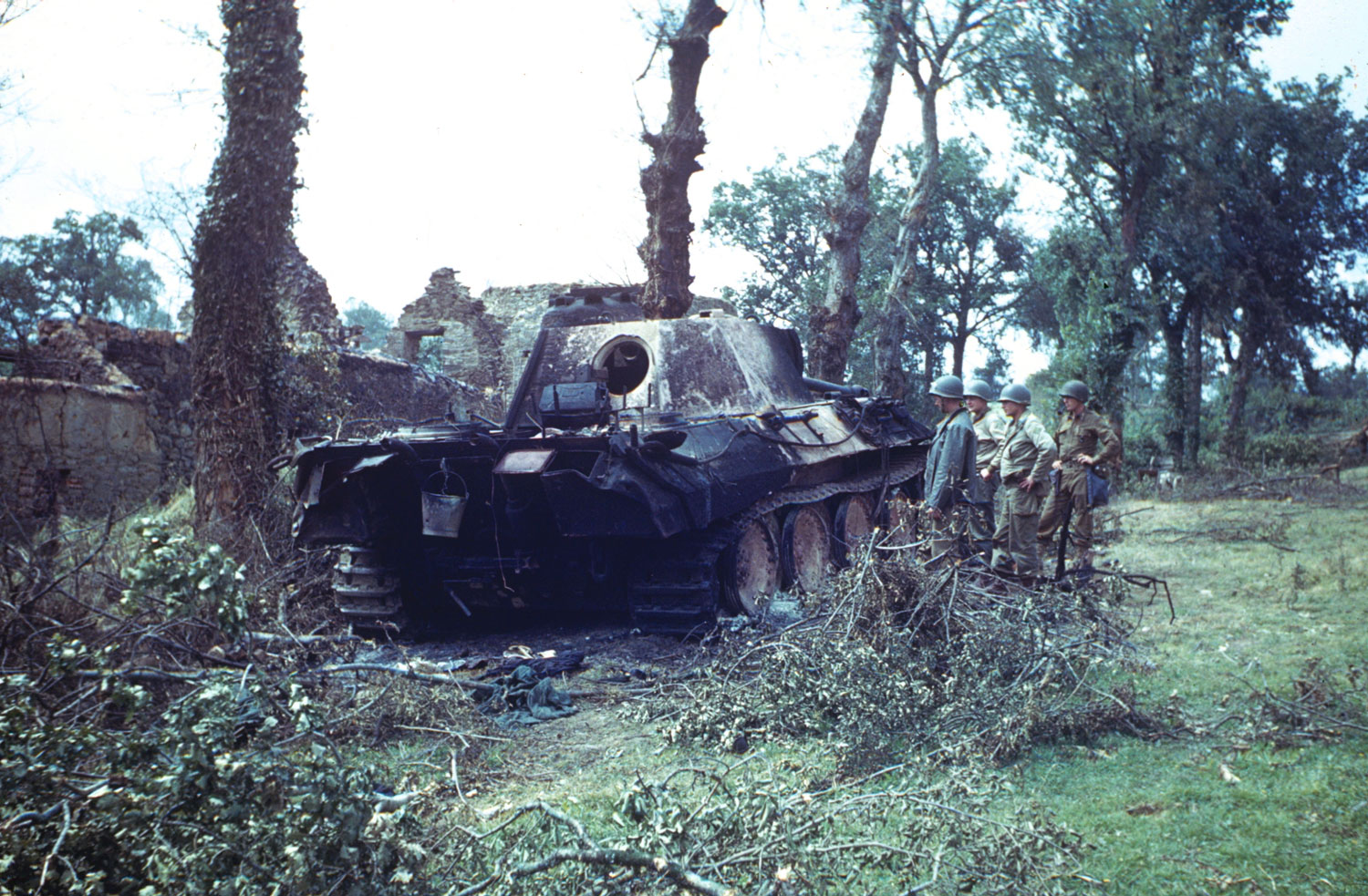
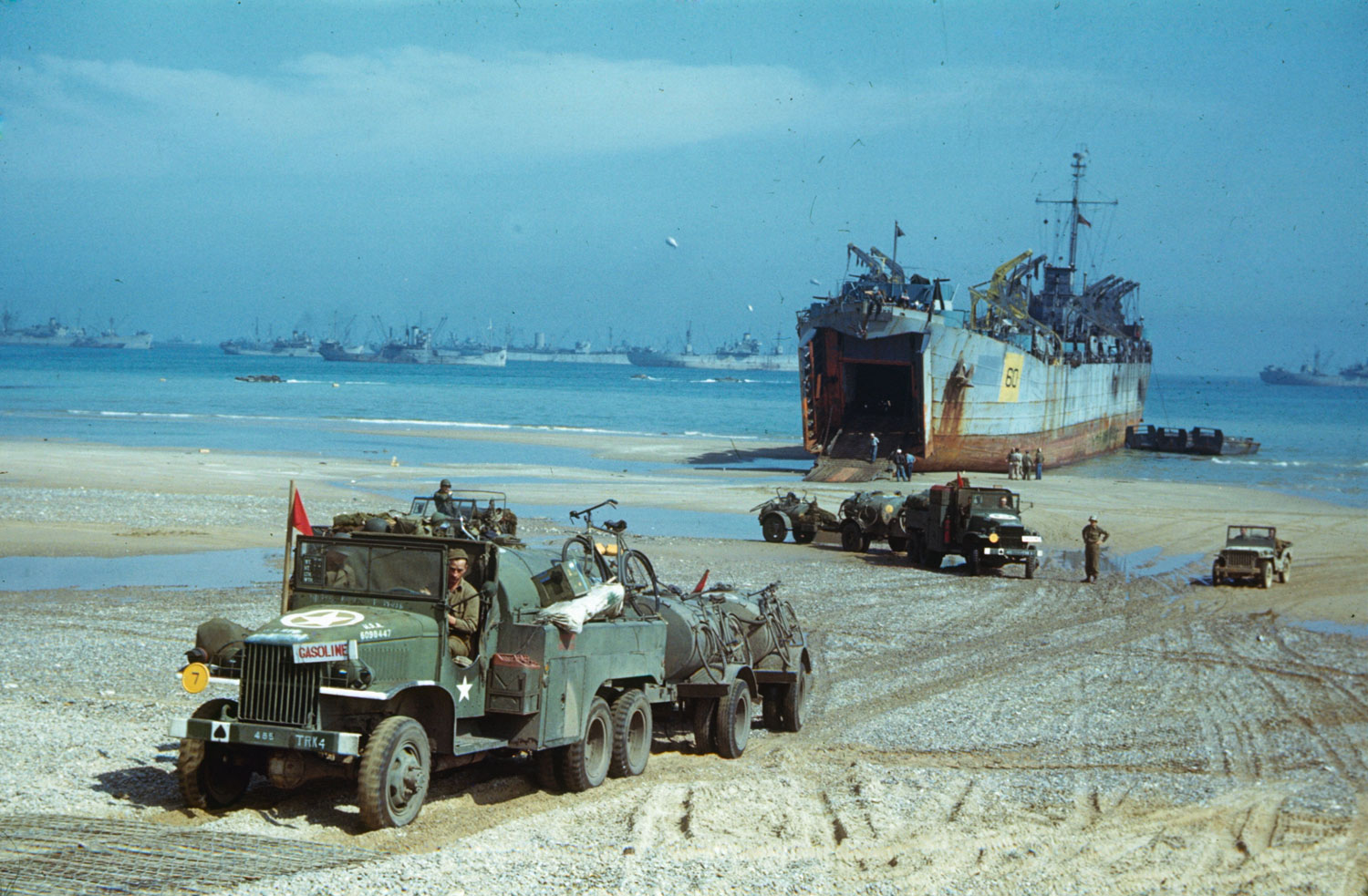

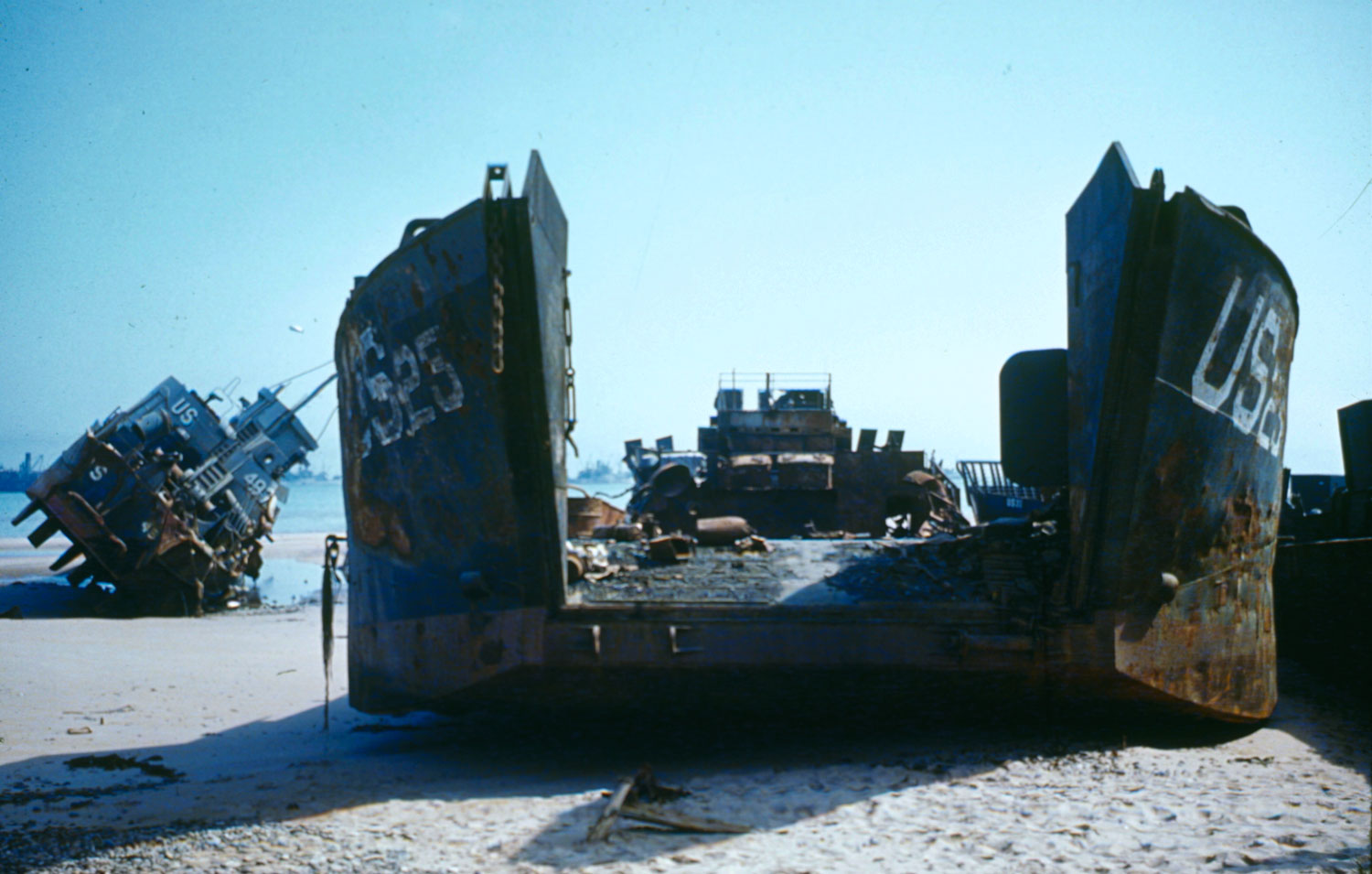
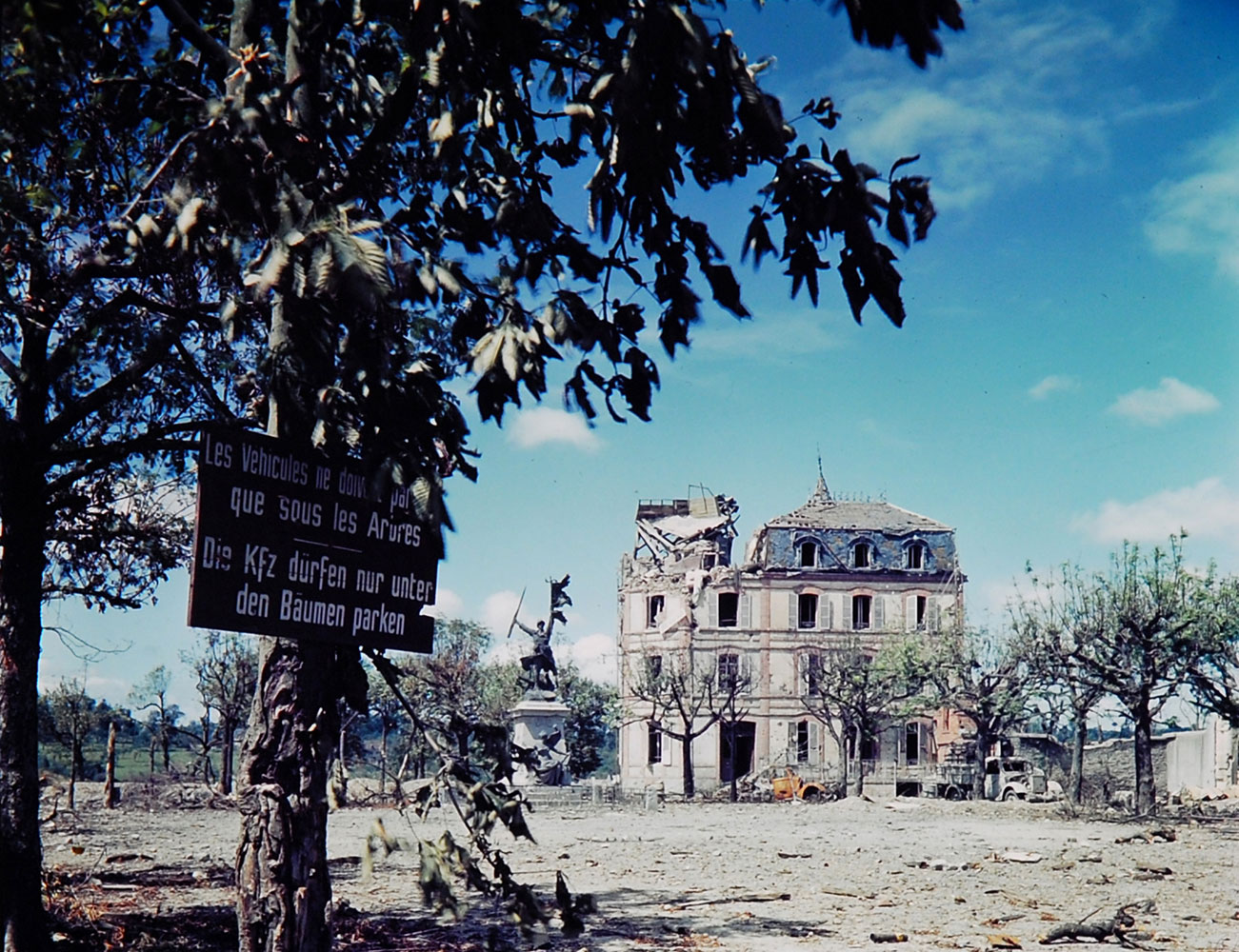
More Must-Reads from TIME
- Cybersecurity Experts Are Sounding the Alarm on DOGE
- Meet the 2025 Women of the Year
- The Harsh Truth About Disability Inclusion
- Why Do More Young Adults Have Cancer?
- Colman Domingo Leads With Radical Love
- How to Get Better at Doing Things Alone
- Michelle Zauner Stares Down the Darkness
Contact us at letters@time.com